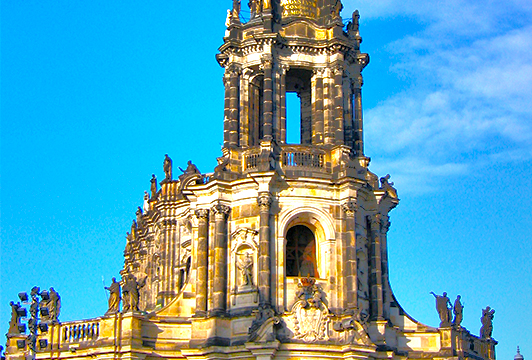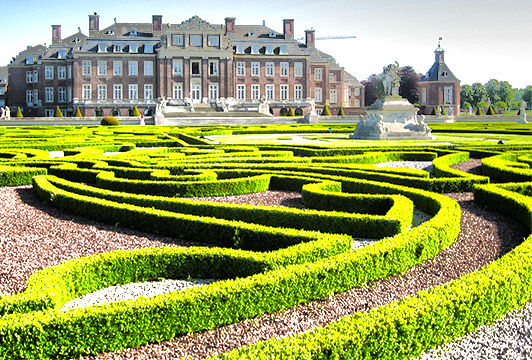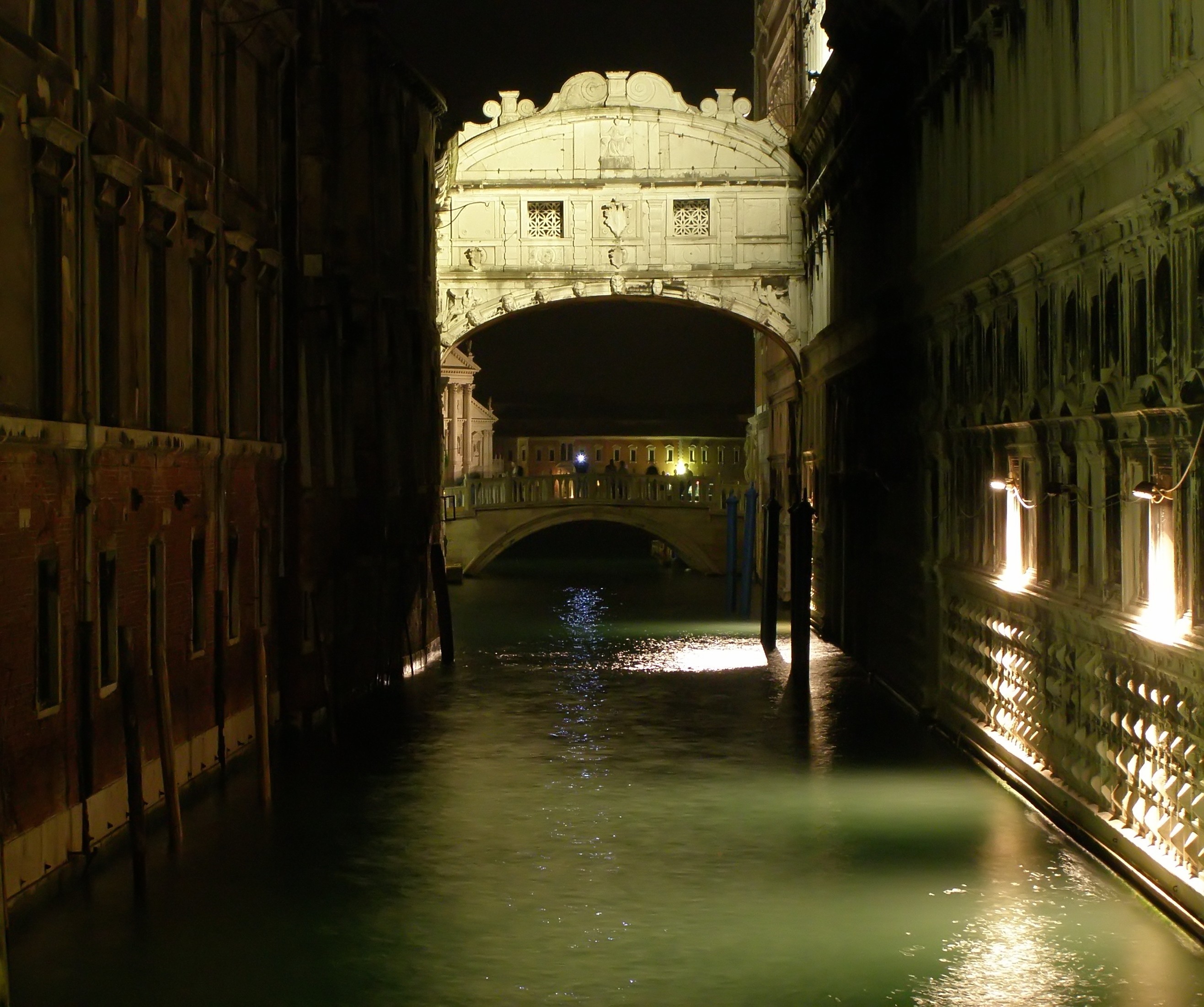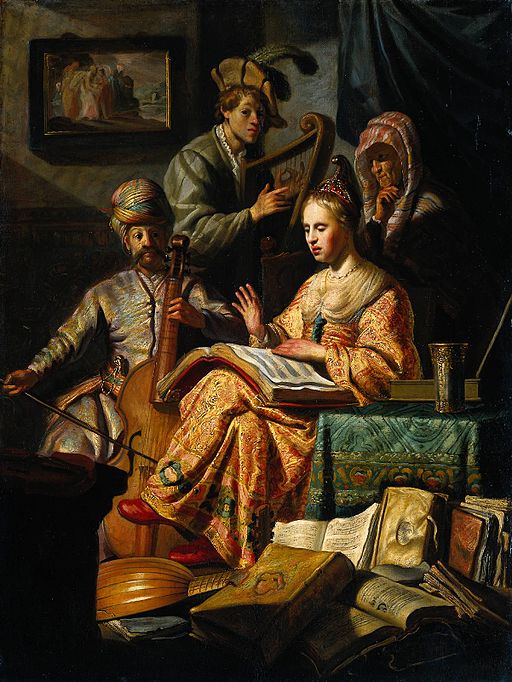Baroque Music History
Good vs Evil
Baroque Music History
During the baroque era, artists of all kind were driven to create powerful and dramatic works of art. Musicians including Bach, Handel, and Vivaldi composed some of the most intense and driven music compositions in the history of music. The complex layers of melodic counterpoint make Baroque music on of the most intense intellectual styles in human history. In art, painters lead by Rembrandt discovered new levels of realism in painting. It is often said that no one has painted lighting as well as Rembrandt. Using extreme levels of contrast, artists described a world of opposites: eternal peace or damnation. Guided by religious fervor and scientific detail, the period expressed on of humanities greatest quests toward the intellectual truth of mathematics, and the spiritual zenith of revelation.
Catholic vs Protestant
In this world of artistic and spiritual wars, musicians created some of the most complex and ornate melodies and structures in the history of human creativity. The technology of the time was paper and ink, but the innovative melodies and fugues of Johann Sebastian Bach are still monuments of ingenuity that have not been surpassed. Creating a Christian musical logic for music, Bach solidified the tonal world of harmony into laws that still rule Pop music today. By the time of his death, his music was considered an old, odd, or “baroque” style of complex music. His own son, Johann Christian Bach, was instrumental in leaving the Baroque style behind and leading the “Classical” period forward with new simple melodies.
Light vs Darkness
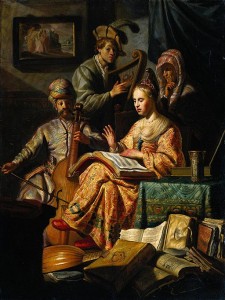
The art of Rembrandt used contrasting light comparable to Bach’s contrasting texture or density of melodies
In death, the works of Bach gradually grew as an underground legend. Composers including Mozart and Bach’s children continued to practice from the manuscripts left behind. His “Well Tempered Klavier” and “Art of Fugue” were well known among great musicians, but shunned by society’s fickle taste for clear melodies. Fifty years after his death, an aggressive young improviser named Beethoven returned the fugal techniques of Bach to the concert stage with symphonies driven by Bach’s inventions. Explore the visual world of baroque music history and the forces that drove Bach, Rembrandt, Vivaldi, and Handel.
